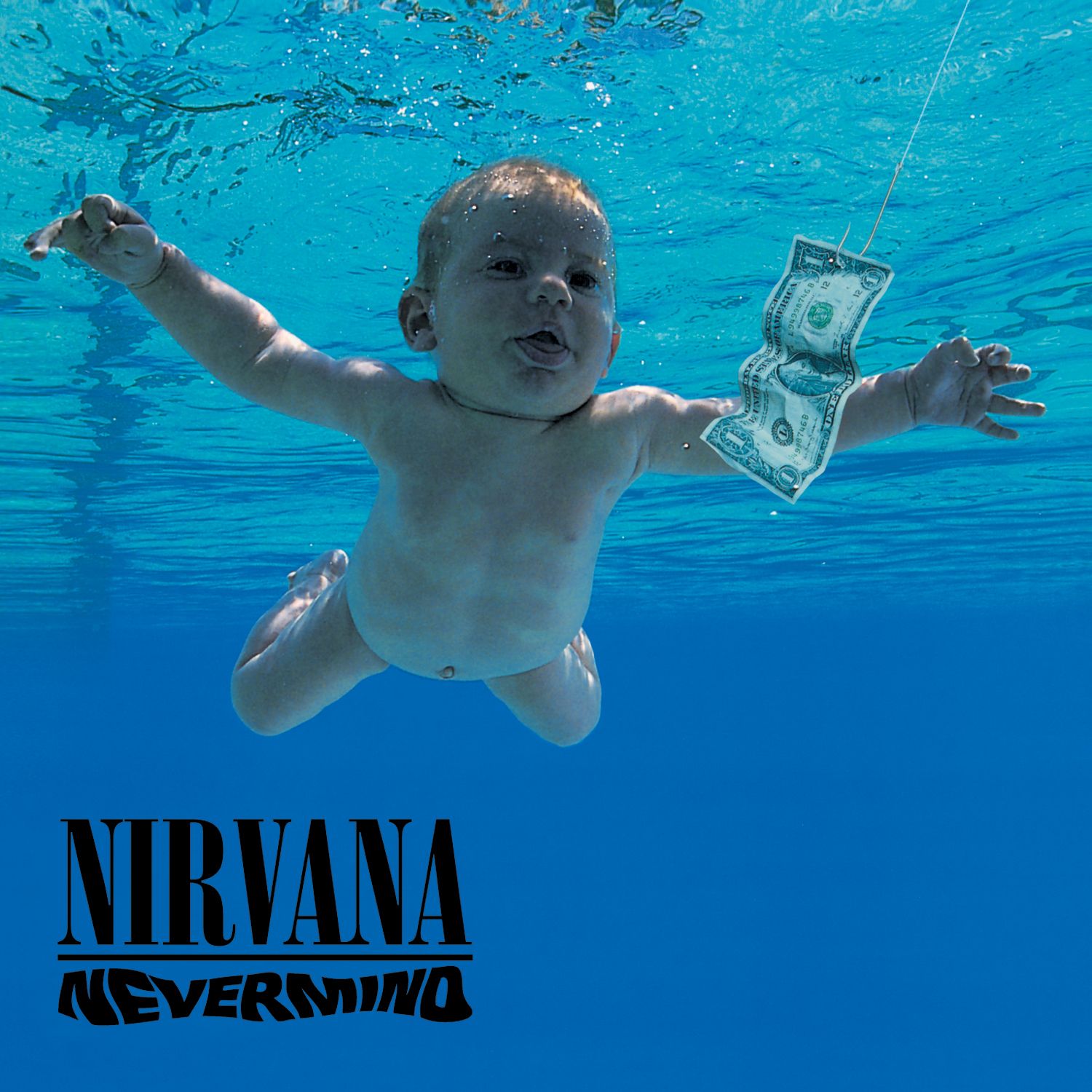Nevermind
by James Paci, Form VI
5 min. read — April 29, 2022
Over 25 years after its breakup, Nirvana remains one of the most popular rock bands of all time, and of their three studio albums, their 1991 release Nevermind is the most notable. The Seattle-based trio of drummer Dave Grohl, bassist Krist Novoselic, and singer, songwriter, and guitarist Kurt Cobain created an album that is both raw and polished, angry yet melodic, and abrasive but pleasing. Critics and music historians credit it with bringing alternative music and grunge in particular into the mainstream, paving the way for future bands like Weezer and Foo Fighters. But does Nevermind live up to the praise, or is it all hindsight bias?
Nevermind’s opening track is by far its most iconic. The single “Smells Like Teen Spirit” consists of five minutes of the raw vocals and energetic drumming of punk mixed with the catchiness of pop rock. By dressing up their punk music in a Beatles t-shirt, Nirvana made it accessible to the mainstream and radio-friendly. Much of Nevermind follows this pattern- pop melodies sung in an angry voice over heavy, energetic instrumentals. Kurt Cobain mainly uses just two guitar effects on the whole album: distortion and chorus. While his heavy, distorted riffs appear on almost every song on the album, his use of the chorus effect is most notable on “Come As You Are”, another single and radio hit. The chorus effect gives the song’s iconic verse riff a cavernous, echoey sound that contrasts with the song’s cataclysmically loud parts. When Cobain’s distortion and chorus effects are used simultaneously, it creates an almost alien sound, like during the solo from “Smells Like Teen Spirit”.
Most songs on Nevermind have a dynamic volume to them, with usually quiet, mellow verses contrasting with incredibly loud choruses. The result is that the loud verses seem even louder and more energetic, and the songs gain a nice variety to them and stay interesting. The interest in the dynamic volume makes up for the songs’ simple composition. Most songs only use a few chords, and the chords are almost always power chords (which consist of just two notes); furthermore, only four songs have guitar solos, of which half just follow the vocal melody from the verse. The simplicity of these songs renders them incredibly easy to play on guitar, contrasting with the complex, solo-heavy songs common in rock at the time of Nevermind’s release. Despite its lack of awesome solos, its punk vibe and angsty mood still make it a more compelling and energizing album than most hair metal records.
Nirvana’s punk side shows the most on two songs in particular- “Stay Away” and “Territorial Pissings”. Both are fast and heavy songs with an emphasis on Grohl’s drumming and Kurt’s screaming, with less refined vocals than other songs. “Territorial Pissings” fulfills the punk stereotype of being only three chords, but the wall of sound Cobain achieves with these three chords makes up for this. It may be the loudest, most invigorating song on the album. Meanwhile, the gaps in Cobain’s guitar on “Stay Away” give Novoselic’s bass playing a chance to shine. A break from heavy tracks, “Something In The Way” gives a dark, acoustic atmosphere, with Cobain singing over an out of tune acoustic guitar and cello. On the opposite side of the spectrum, though, lies “Endless, Nameless”. The album’s final track is chaotic, absurdly abrasive, and destructive. During the song, Novoselic and Cobain both intentionally de-tune their instruments while playing and bash them against various things. At one point in the recording of the song, Cobain straight up destroyed his guitar, and he does the same in live renditions. Though much of Nevermind is radio-friendly and nonabrasive, a few tracks do deviate.
Nevermind may have been different from most mainstream music upon its release, but it wasn’t entirely original. Alternative and underground bands of the 1980s heavily shaped Nirvana’s sound, from Sonic Youth to Black Flag, and most especially Pixies. Nirvana’s dynamic volume is inspired by the same contrast of quiet and loud used by Pixies on their debut album Surfer Rosa and its follow-up, Doolittle. Nevermind’s heavy, sludgy guitar tone, and angsty lyrics call back to hardcore punk bands like Black Flag and Minor Threat, while “Smells Like Teen Spirit”’s main riff takes inspiration from Boston’s “More Than A Feeling”. In fact, Nirvana performed a short mashup of the two songs at the Reading Festival in England in 1992. The echoey verse of “Come As You Are” is so close to a riff from Killing Joke’s 1985 song “Eighties” that Killing Joke considered suing, and the guitar riff in the chorus of “In Bloom” is pretty much just the verse riff of Dinosaur Jr’s “Sludgefeast” shifted up a half step. Countless other influences and similarities exist. However, though they might not have invented every element of their sound, they still deserve credit for wielding their different influences well. Crafting good music takes unimaginable effort, and although a few parts of their music may be less than original, Kurt Cobain still stitched them all together expertly. Plenty of songs share eerily similar riffs, and Nirvana didn’t just rip off other bands- they modified the riffs enough to be distinct in the context of the full song. Though Nirvana did not invent their style of music or even the elements from which they crafted their songs, they still deserve credit for bringing it into the mainstream and weaving it all together into a cohesive record.
Nirvana, despite being influential themselves, was the culmination of 1980s alternative music. Fusing the offbeat sound of Pixies with the sludge of Black Flag and pleasing pop melodies, Nirvana’s Nevermind brought alternative rock to the world’s attention, influencing countless bands to follow. Despite questions about their originality, their music still holds up today and deserves to be remembered and listened to for years to come.
